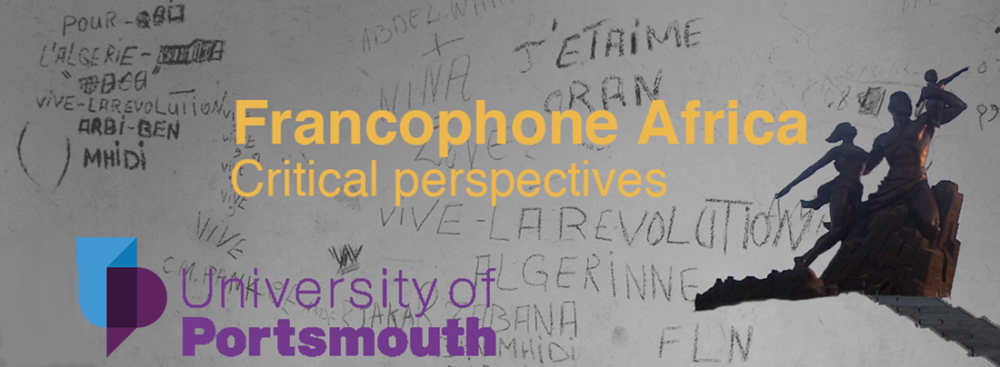Malgré un important déploiement armé (opération française « Barkhane », mission des Nations unies, etc.), les massacres de civils se multiplient au Mali et dans la sous-région. Cause méconnue de cette impasse : le Sahel est devenu la chasse gardée des militaires, qui imposent aux diplomates du Quai d’Orsay une vision trop étroitement sécuritaire pour être efficace.
Lorsque, en février dernier, l’aviation française bombarde une colonne de chars de l’Union des forces de la résistance (UFR), un mouvement de l’opposition armée tchadienne, les commentateurs ne manquent pas de rappeler la longue histoire des ingérences de l’ancien colonisateur au Tchad. Cette opération, au cours de laquelle plusieurs membres de l’UFR auraient été tués, se singularise sur un point : pour la première fois depuis très longtemps, Paris assume pleinement l’utilisation de la force dans une affaire de politique intérieure mettant à mal son allié, le pourtant peu démocrate président Idriss Déby Itno.
La France « ne se contente plus de créer les conditions favorables à une victoire de l’armée tchadienne : elle bombarde elle-même les rebelles », note ainsi la politiste Marielle Debos. Reprenant la propagande du régime autocratique tchadien, pour qui les rebelles ne sont que des « terroristes », le ministre des affaires étrangères, M. Jean-Yves Le Drian, compare même l’intervention de l’aviation française au déclenchement de l’opération « Serval » au Mali. En janvier 2013, celle-ci avait stoppé l’offensive d’une colonne de djihadistes qui menaçaient Bamako.
Élu en 2011, puis réélu en 2016, le président nigérien Mahamadou Issoufou paraît aussi intouchable que son homologue tchadien, en dépit des nombreuses atteintes à la liberté d’expression dans son pays. M. Issoufou donne carte blanche à l’armée française, laquelle dispose d’une base à Niamey, d’où décollent ses drones pour, officiellement, surveiller les mouvements terroristes dans le Sahel. « Parce que c’est ancré dans leur culture, les militaires pensent que, pour faire face à la menace terroriste, il faut un homme fort à la tête du pays, nous explique un diplomate français en poste dans cette zone et ayant requis l’anonymat. Ils ne veulent pas comprendre que le soutien apporté à des autocrates peut aussi pousser des personnes à rejoindre les groupes terroristes, ou du moins à en devenir des sympathisants. »
Read more on Le Monde diplomatique

